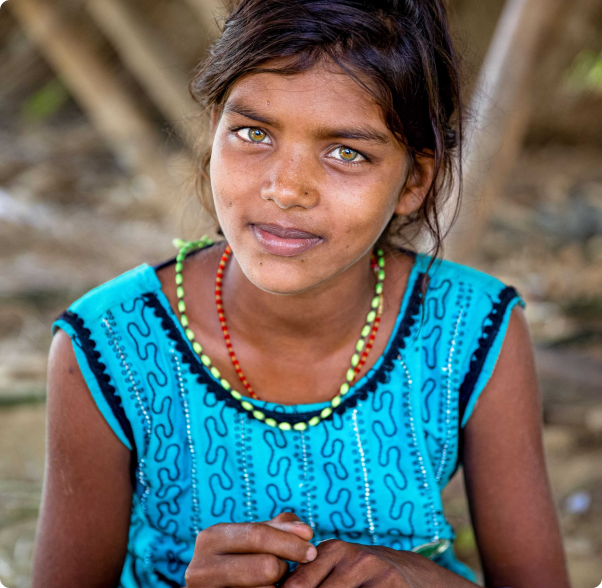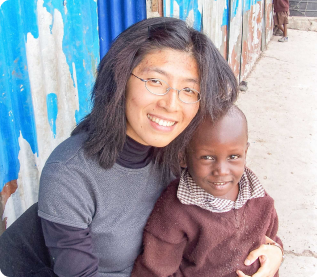Summary
Often referred to as “Corazon de America” or “Heart of America,” Paraguay is a beautiful country of diverse landscapes and people in the center of South America. Prominent among the hundreds of rivers, the Paraguay River separates the country geographically and economically. The fertile eastern side supports the predominantly agricultural economy. West of the river, the Chaco, with its low, vast, marshy plains and semi-arid climate, is larger in size but much less productive and populated. The native Guarani language is widely spoken culturally, but Spanish is preferred in business and government. Most of the people of Paraguay live within 100 miles (160 km) of the capital city of Asuncion.
After many generations of political turmoil and wars, Paraguay adopted a democratic system of government in 1992. The recent government has been successful in implementing some reforms, but corruption in the public and private sectors, money laundering, and drug trafficking still exist. Paraguay is also the largest grower of cannabis in South America. Because of its location in the center of South America, Paraguay has become involved in the crime of larger surrounding countries like Brazil and Argentina. Economically, many of its people live below the poverty line.
Paraguay’s government promotes religious freedom and most of the population is Roman Catholic. Although superstitious traditionalism and occult-related bondage exist, the country recognizes the long-lasting positive impact that Catholicism has made on public life. The cities host most of the small protestant population, with the exception of a strong Mennonite presence in the western region of the country.




